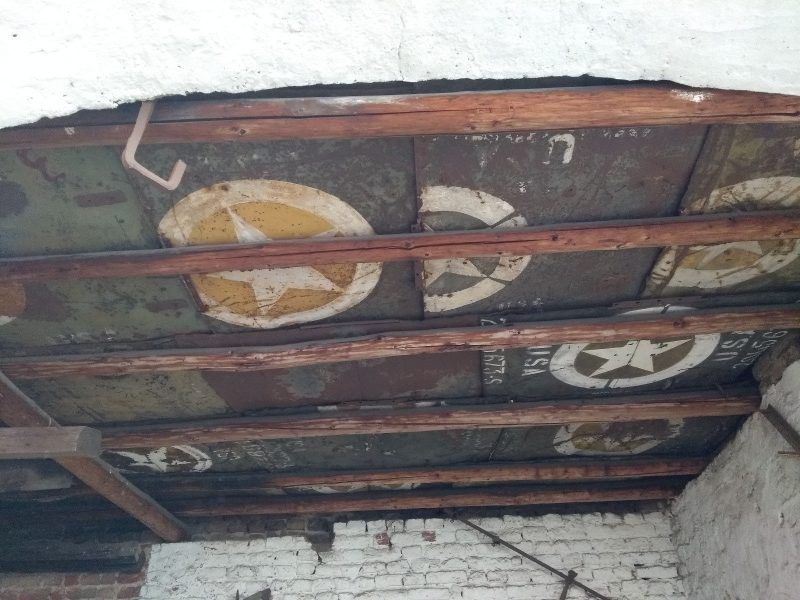After the end of World War II a lot of dust had to settle before serious rebuilding could take place. There were material and food shortages across Europe as nations struggled to come to terms with the devastation wrought by the birth of a new world order.
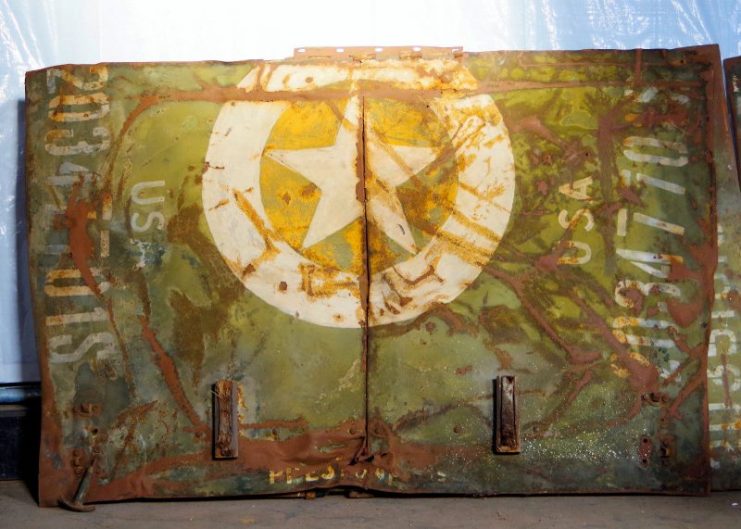
In Bonn, the city that was to become home to West Germany’s interim government until re-unification, there had been little heavy industry, but that did not spare the city from being severely damaged during the war. Pictures of Bonn at the time from British Pathé news showed a city that lay in ruins, rubble piled high and the famous bridge across the Rhine collapsed beneath the water.
Just outside the city the story was the same, with farmhouses and villages burned and crushed beneath tank tracks. In one small town a family needed to repair its stables, so they visited the local junkyard and repaired the building with hoods scavenged from damaged and abandoned jeeps.
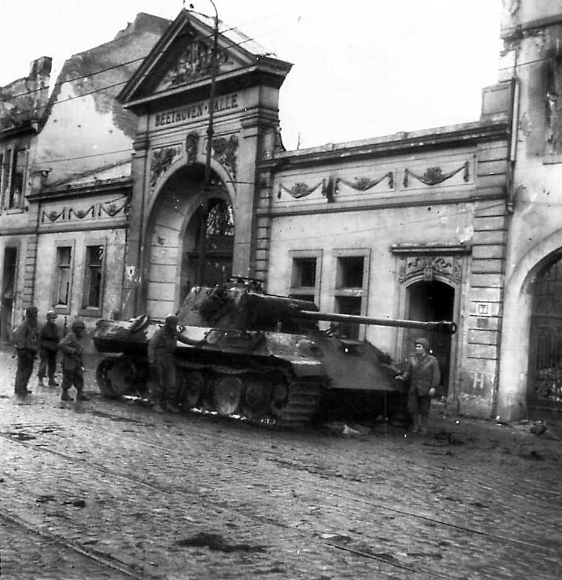
The hoods were re-discovered recently during demolition of the stable-turned-garage on the outskirts of the city. A former German Air Force officer, Paul Greve, was contacted as the first thought was that these were aircraft panels. Upon arriving at the site, Greve realized immediately that these were not aluminium aircraft panels due to the amount of rust on them.
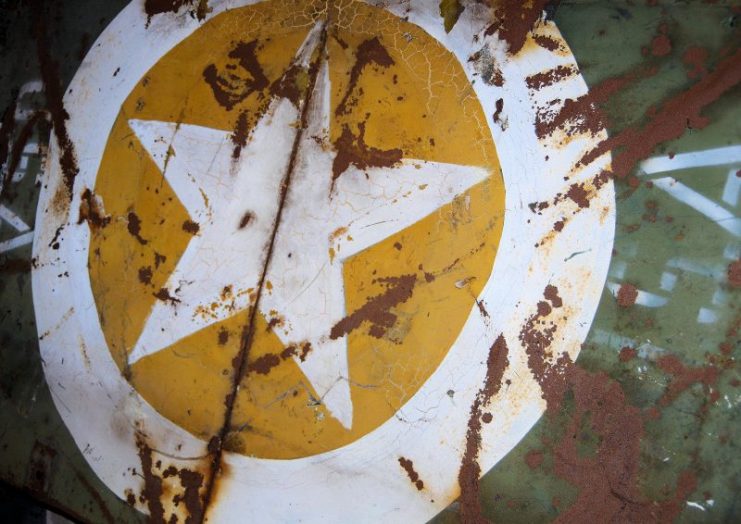
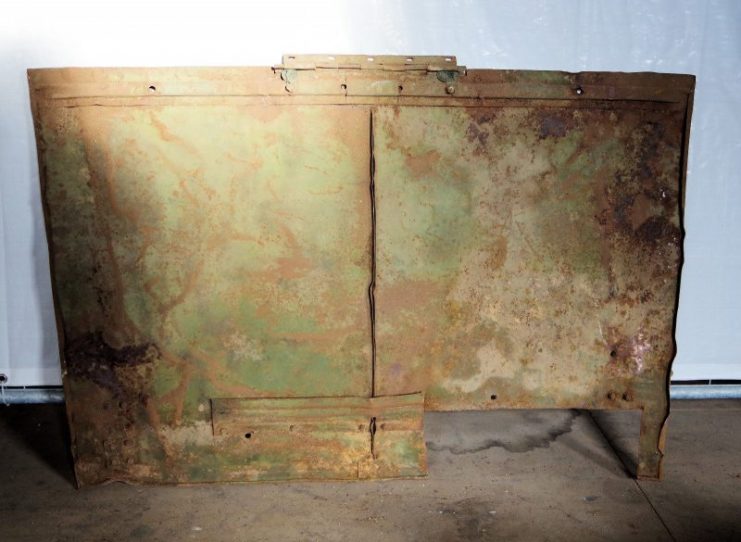
The family had had the building for many years and there were memories of the rebuilding that happened in 1946-7 during the British occupation of the region. Materials were scarce, and improvisation was key to successful living.
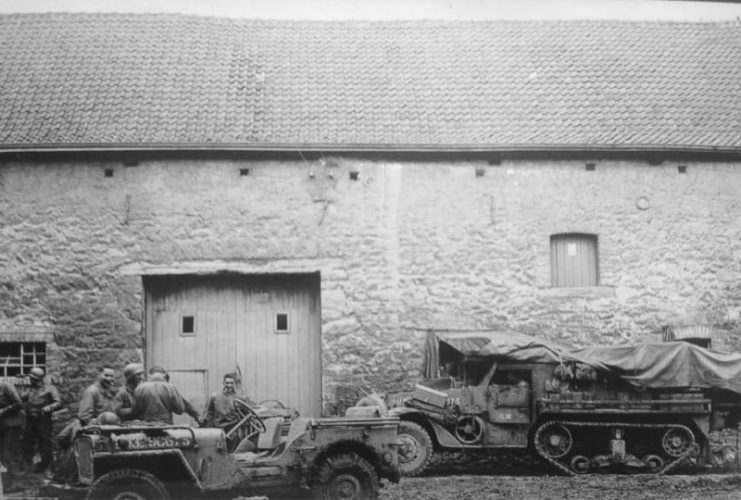
On many of the jeep hoods is a distinctive yellow paint, which, Greve suspected, meant that these hoods most likely were in action during the Normandy landings. The paint, outlining the “invasion star,” is called M5 Liquid Vesicant Detection Paint. It was developed as a reactive agent that would change color when exposed to dangerous chemicals.
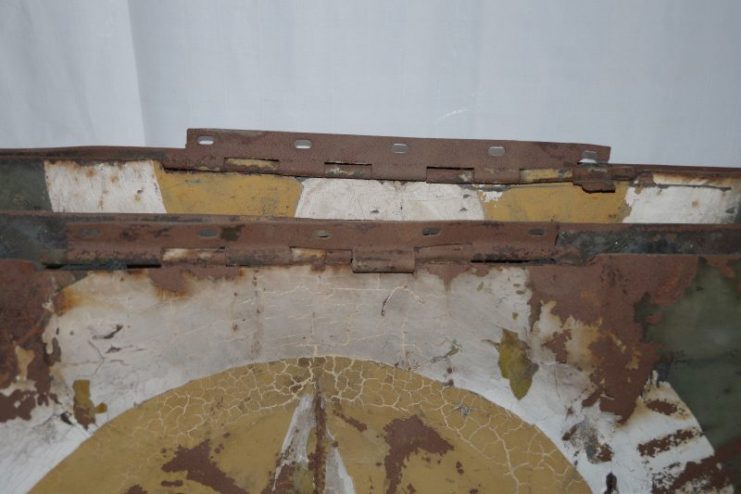
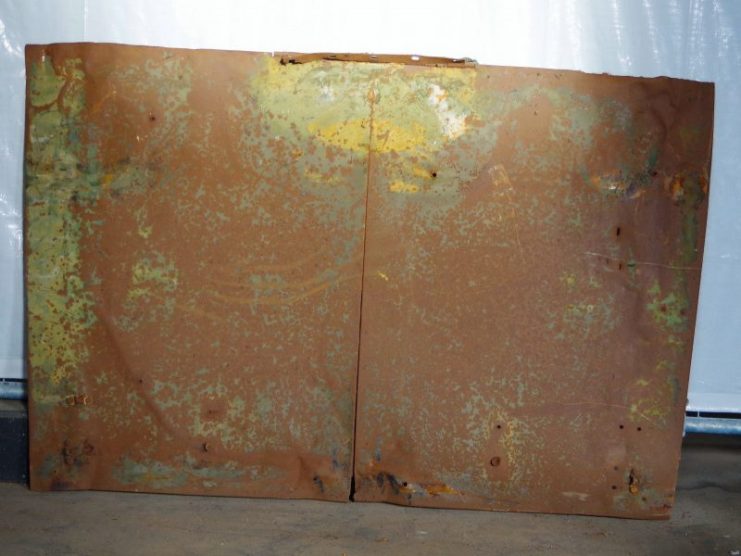
Painted on a jeep’s hood, it would help give the occupants of the vehicle warning of the presence of chemicals such as mustard gas. American generals were concerned that the Germans might unleash chemical weapons on the battlefield as they had done during the trench warfare of World War I. The paint was also used on paper gas protection items that were issued to all servicemen ahead of the D-Day landings.
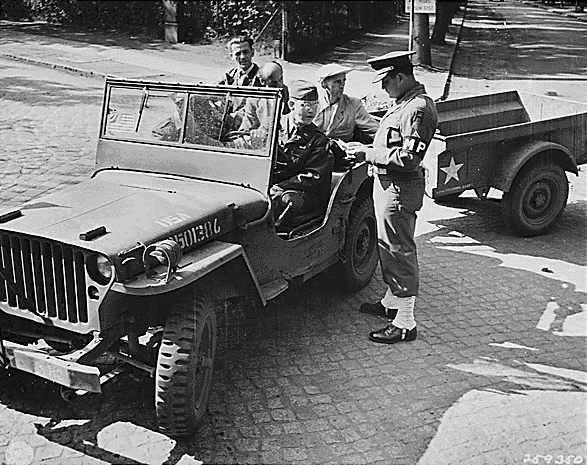
According to experts well-versed in the production history of the jeeps that took part in the European Theater of Operations, the vehicle hoods were Willys MB body parts.
These parts were built in Toledo and were delivered to the U.S. Army from August 13-16, 1943. The serial numbers range from 259500 to 260250. At the Toledo plant, more than three hundred jeeps were rolling off the production line every day.
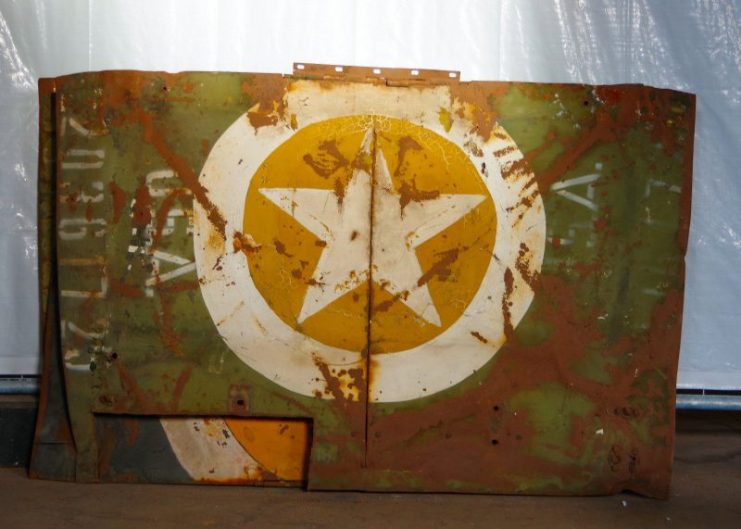
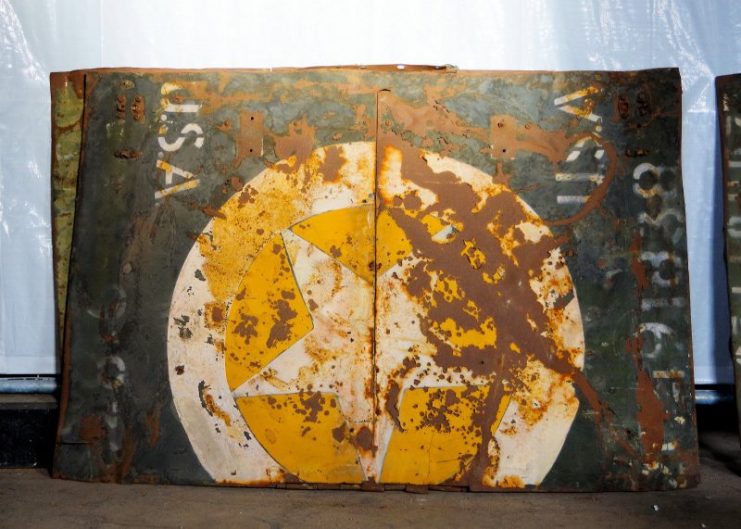
The information gleaned is so specific because of the serial numbers still very clearly visible on the hoods, and the dedication of the enthusiasts who put the databases together.
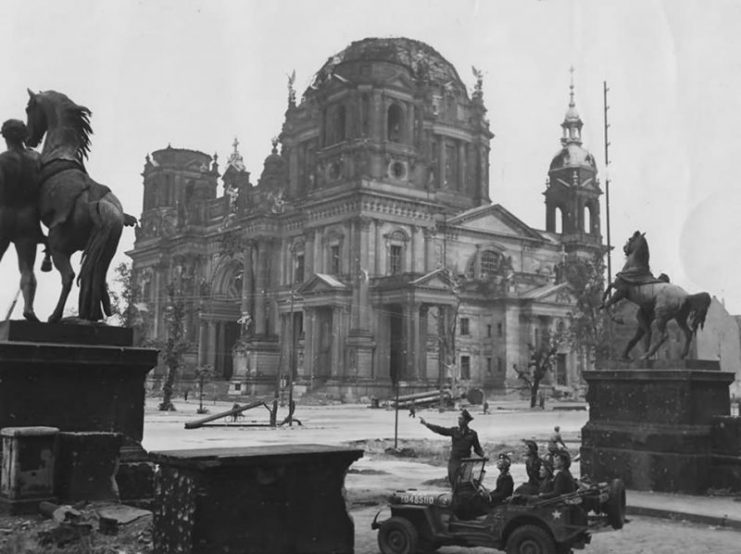
The “S” at the end of the registration number also tells the historian that these vehicles were “suppressed,” which means that they were constructed with additional ground straps, capacitors and other items designed to ensure that good radio contact could be maintained.
Other hoods were identified as coming from a Ford type GPW, assembled in Louisville, Kentucky, with an estimated date of manufacture of September 1942. Another vehicle hood, numbered 203617, is said to have been delivered on either September 17 or 28, 1943.
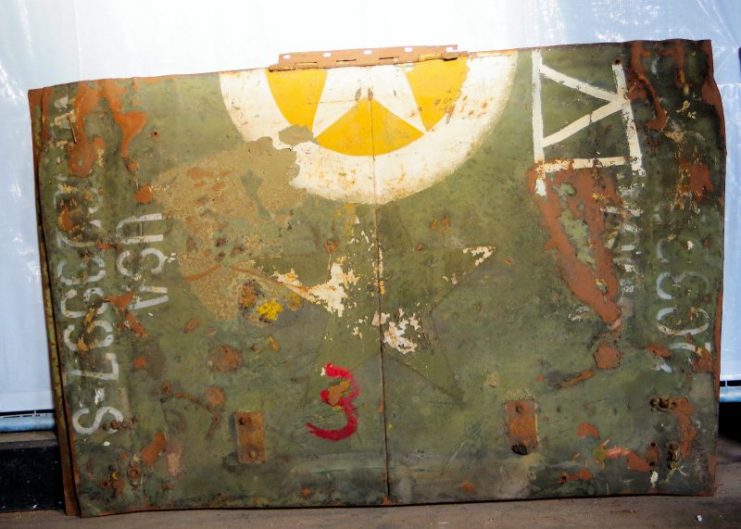
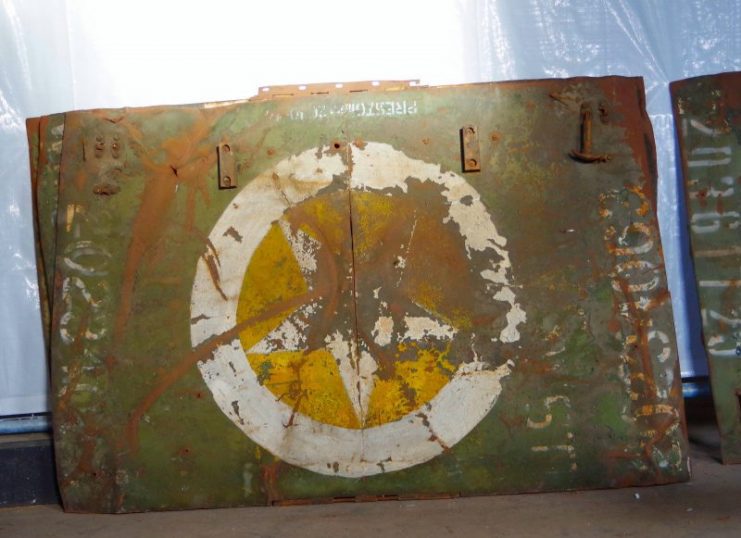
Read another story from us: WWII Jeep Facts Every Jeep Owner Should Know
This evidence of delivery and manufacture dates point to these particular vehicles having been used in the Battle of the Bulge, or the Battle of Remagen, which took place just fifteen miles from the city of Bonn.
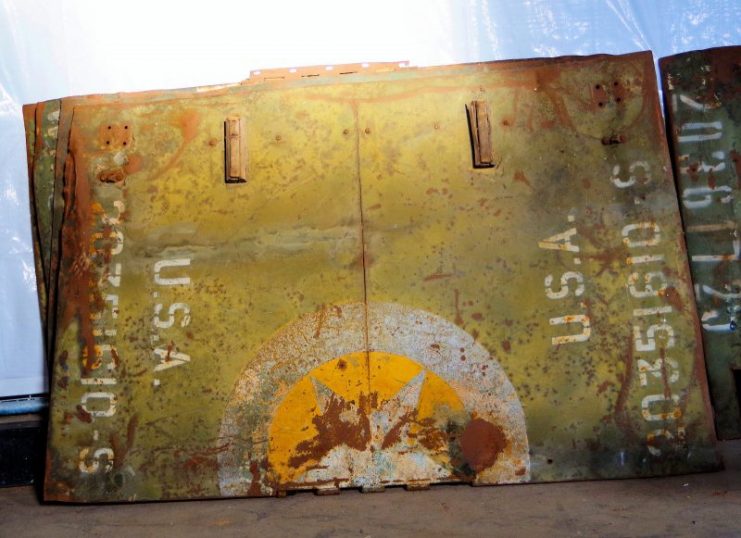
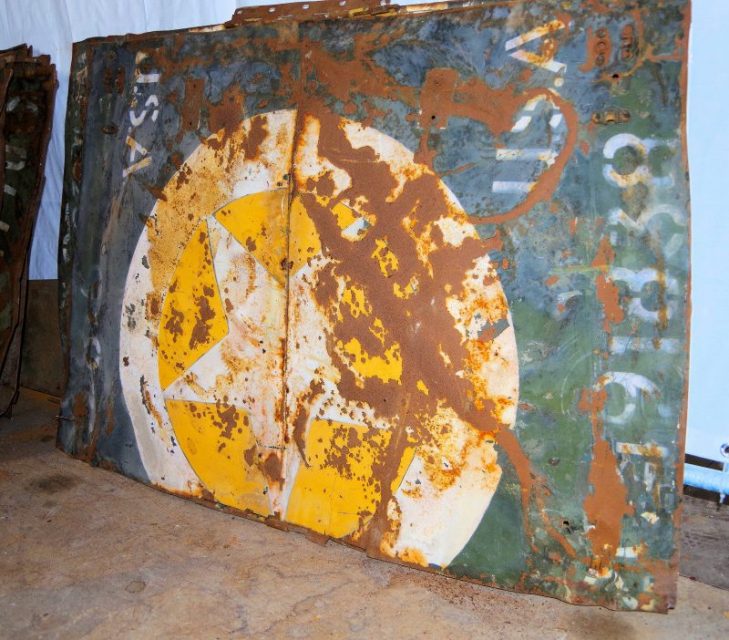
After the war, many broken down or damaged military vehicles ended up in a junkyard in Bonn-Edenich, about a third of a mile from the garage where the hoods were discovered.
They have all been sold on eBay – a great collection of history for someone.
